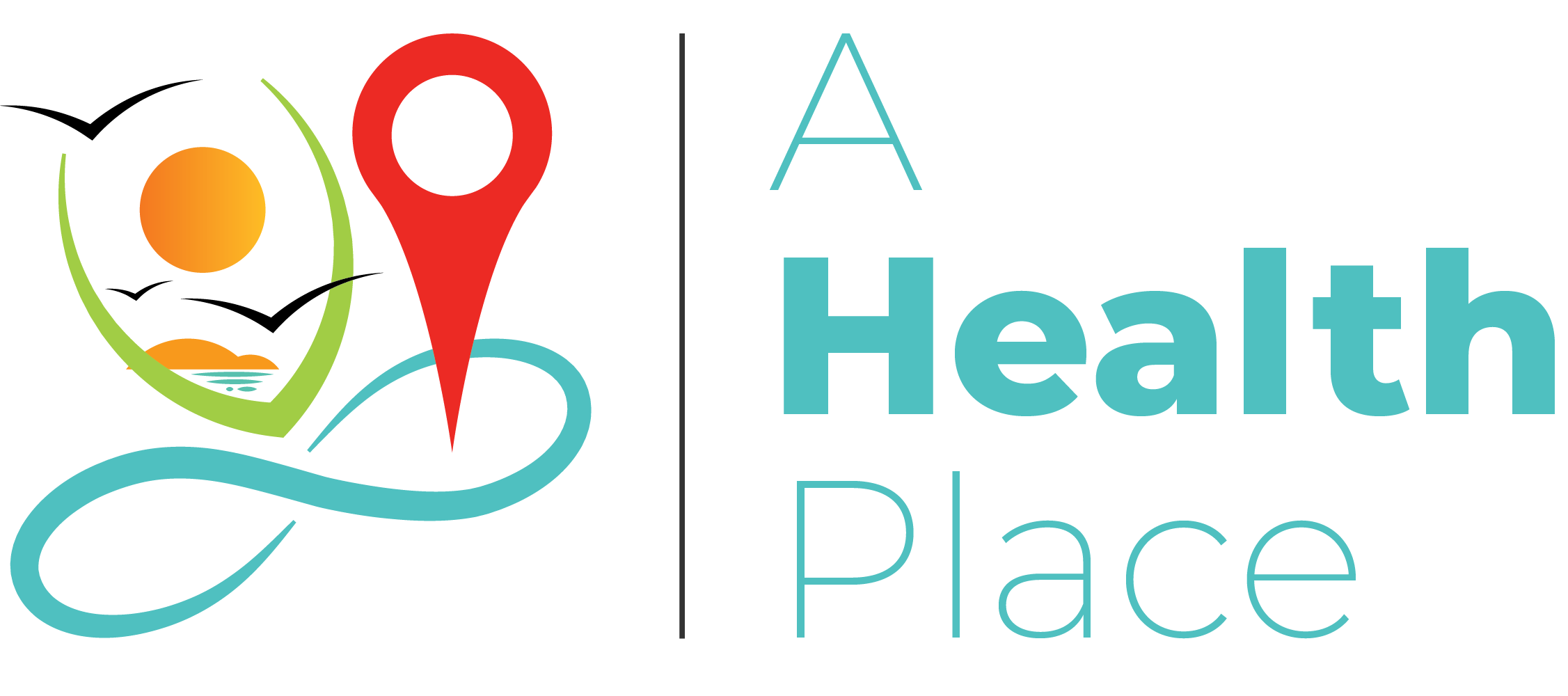The coronavirus pandemic has created a massive impact and urges people to follow social distancing and sanitary measures during environmental and economic hardship. The American College of obstetricians and gynaecologists advises individuals to adopt telehealth services that involve virtual medical consultation and treatment.
Why do we need telehealth services?
Telehealth services are provided by a joint partnership of telehealth companies and private hospitals to patients residing in remote and isolated areas. Telehealth is an excellent technological development for those individuals who find it challenging to reach far-situated hospitals. It comprises the utilization of charts, mobile phones, laptops, and medical equipment to treat patients through video conferencing. As the telehealth sector is escalating and advancing, multiple registered applications allow individuals to schedule a consultation appointment with the desired physicians. It is used for providing both clinical and non-clinical services to patients.
What is telemonitoring?
Telemonitoring is a method to monitor the statistical vitals and bodily functions of the patients. It is also called remote patient monitoring. Telemonitoring relies on electronic devices that enable easy monitoring of the vitals of patients and delivering the recorded data to the physicians. Lumify is a Philippine device that helps in conveying ultrasound information to the health care provider through cables connecting smartphones and tablets. Another electronic device used in telehealth is a digital stethoscope that monitors the heart and lung sounds of the patients. For keeping track of the patient’s diet, multiple mobile applications are available. Therefore, these applications help in calculating the blood sugar levels and cholesterol levels of patients based on the input information about diet.
The growing importance of telemedicine post Covid-19
Telehealth services help the doctors to consult their superiors and review previous records of the patient through software programs and online portal systems. Virtual consultation is appealing, convincing, and cooperative for the patients to seek medical help. It also allows the doctors to address and treat sudden critical cases of patients that do not have access to transportation services. However, reminders for refilling medication, keeping a record of all bodily functions and activities, calculating the calorific value based on day-to-day food intake, and recording abnormal symptoms of patients are easily accessible by the use of telehealth services.
Which medical areas does telehealth help?
Telemedicine services can successfully help the patients to consult dermatologists by sharing images of skin rashes, scars, or pigmentation. Using a tele-electrocardiogram and digital stethoscope, cardiologists can monitor and treat heart patients. With the help of advanced cameras and optical devices, it is efficient for ophthalmologists to treat eye problems. The physicians, obstetricians, and gynecologists can provide pregnant and postpartum services to expecting mothers. Providing therapeutic training to injured patients such as exercises and diet charts is also efficient via telemedicine.
Physicians, nutritionists, nurse practitioners, physician assistants, clinical nurse specialists, and therapy providers are eligible health care providers in telehealth services. It is quite easy for physicians to view x-ray images, CT scans, and MRI scans to provide efficient treatment. Furthermore, telemedicine helps to address mental health issues such as anxiety, stress, depression, fear, etc post lockdown in various countries.
Factors determining medical claims
Use of technology
Use of appropriate technology and technical devices in telehealth services is extremely important which also determines insurance claims. Generally, the frequency of usage of technical devices, cost of equipment, use of electronic health records (EHR), and appointment schedules are some of the considerations taken while assessing insurance claims.
Waivers and regulations
The evaluation and management of telehealth services are constructed on the basis of the time taken for the entire process. Only compatible devices used for diagnosis, treatment, measurement, and recording are used and permitted for claims. Hence, It is mandatory to provide audio-video documentation proofs to claim the insurance coverages.
Billing
It is necessary for patients suffering from chronic or life-threatening diseases to visit the hospital in person. Physicians visiting the patient’s house is also considerable. It is also mandatory for individuals seeking consultants for substance-related disorders or seeking psychiatric help to pay a visit to the health care providers at least once. Audio-only and video conferencing services are both permissible in telehealth insurance claims.
Conclusion
Telehealth services enable the patients to easily consult ophthalmologists, psychiatrists, orthopedics, nurses, and dermatologists. Along with physicians, cardiologists, obstetricians, and gynecologists as well. Virtual consultation helps in reducing the transportation time and cost for various patients. Therefore, telehealth enables a lot of patients to seek medical health in times of global pandemic. Electronic health records are one of the most dominating factors governing insurance claims. Multiple developments are occurring to address reimbursement issues, concerns regarding data privacy, and EHR integration. Telemedicine shows a massive positive impact during emergencies during the pandemic.







Discussion about this post